How different nations deal with winter weather
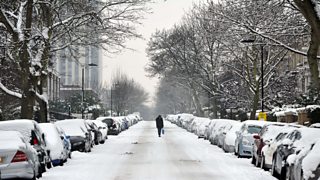
At the faintest sign of snow and ice, British airports fill with angry delayed passengers, the railways come to a grinding halt (“wrong kind of snow”, anyone?) and cars start playing dodgems on the roads. Every time this happens, you hear the same old refrain – “Why can’t we cope?”
In countries where wintry conditions are more common, they're experts at dealing with it. Here are seven steps they take to combat the cold and keep things moving.
1. De-icing planes – USA/Russia
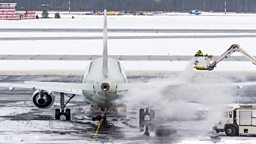
While we obviously de-ice planes, we’re not as well practised as countries such as Russia and the USA which have to do it on a regular basis.
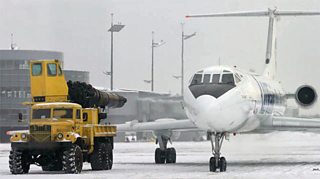
In snowy weather, 300 aircraft are de-iced every day at Chicago’s vast O’Hare Airport. They have training rigs for when it isn’t snowing and their trucks adapt the mixture of de-icer required to the outside temperature.
In Russia, the technology isn’t entirely so forward-facing. They use a Klimov VK-1 turbo jet engine to de-ice planes by blasting hot air at them.
These engines were used in jet fighters in the ’40s and ’50s, but they produced so many that there were lots of spares left over.
Initially used to clear the railways in Siberia and East Germany, they proved to be incredibly effective even in permafrost regions. Soon they were mounted on trucks and used to clear planes of ice.
They’ve been in service ever since.
2. Clearing the path in front of your house – USA
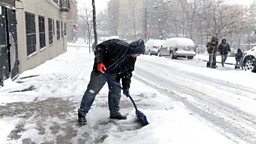
In New York City, the mayor’s office will not accept complaints that they haven’t cleaned the snowy sidewalks. This is because it’s not their responsibility, it’s yours. Cleaning out the pavement in front of your property is expected of you as a resident. You have to have all of the requisite equipment to clean and there are given timeframes within which you must completed the job.
The unexpected downside is that every winter, about 100 people in the US have fatal heart attacks as a result of shovelling snow...
3. Winter maintenance – Finland
Every winter in Finland, roads have to be surveyed on a weekly basis to check on their condition. Highways are split into a classification system, with priority given to the busiest routes. The tasks include ploughing, keeping all signs free from snow and doing maintenance work for problems such as potholes.
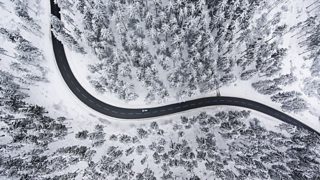
Potholes are self-sustaining problems in wintry weather, with cold and ice speeding up their growth. Trying to balance all of the required skills, you can't plough the road while also filing in the potholes. It’s a constant struggle between keeping the streets clean and keeping them smooth.
4. Demonstrate you can drive in all conditions – Finland
Due to the climate of Finland, the challenges of driving are more numerous than in the UK. As such, it’s much trickier to get a driving licence. In order to obtain a full licence, it takes at least two years and it is mandatory to practise on slippery roads.
There are two tests: one that grants you a temporary two-year licence to then complete a further test. This second test involves advanced driving lessons, including having to practise driving at night. The result is that Finnish drivers are fully prepared for the challenges of winter driving!
5. Heated roads – Japan/Iceland/Scandinavia
The alternative to gritting roads is to heat them. Iceland, Japan and some Scandinavian countries have implemented this idea, each using a slightly different approach. One of the most popular approaches is a network of water pipes under the surface. Hot water is piped through them which keeps the surface warm. While this is a very efficient model for dealing with snow and ice, it’s very expensive to install and causes long periods of disruption. However this isn’t the only modification to roads that can be used to deal with winter, you can also…
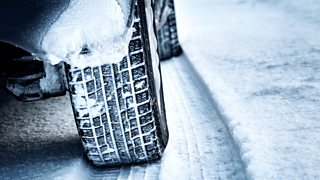
6. Compulsory winter tyres – Sweden/Germany
In Sweden and Germany, it is compulsory to have winter tyres on your car at set times throughout the year.
Winter tyres are made with a different type of rubber which doesn’t harden at lower temperatures, maintaining their grip on the road. They also have a different tread pattern, which has wider grooves and narrower slits on them, providing better grip in wintry weather.
If you don’t have them in Germany, you’ll be fined 40 Euros. However this is doubled if you create traffic jams or it leads to an accident taking place. No mucking about...
7. Keeping the trains moving – UK
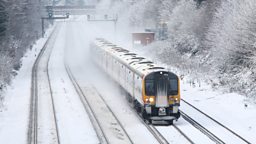
It isn’t all bad news on the home front. The problem in the UK is the comparative rarity of extreme wintry weather: snowploughs can remain idle for years, and train drivers don't get enough practice with the real thing.
Passengers are famously intolerant of technical explanations for train disruption. The "wrong kind of snow" (actually a media coinage) was an exasperated response to a genuine problem way back in 1991 when unusually fine powdered snow across the UK passed through air intake filters in locomotives and caused electrical short circuits.
But these days, in addition to fitting vulnerable sets of points with heaters, and trains with sand-spreaders and more sophisticated anti-slip gear, staff also receive training specifically to deal with reduced control of trains in icy conditions - just like a car, you have to be able to maintain traction and brake safely. The rail industry has also found that running empty trains overnight in icy weather helps to keep the tracks clear and lessen the risk of a morning meltdown.

More from Radio 4
-
![]()
Seven ways to deal with winter
From moisturising to keeping hydrated, some simple steps to combat the winter blues.
-
![]()
Nine winter-y words to warm the cockles
Here are some underused, wintery words to get you in the mood for hibernation...
-
![]()
The rise in popularity of winter camping
People are swapping winter sun for a night sleeping under canvas.
-
![]()
Eight benefits to going back to work after a holiday
Getting your nose back to the grindstone needn't be so bad...




